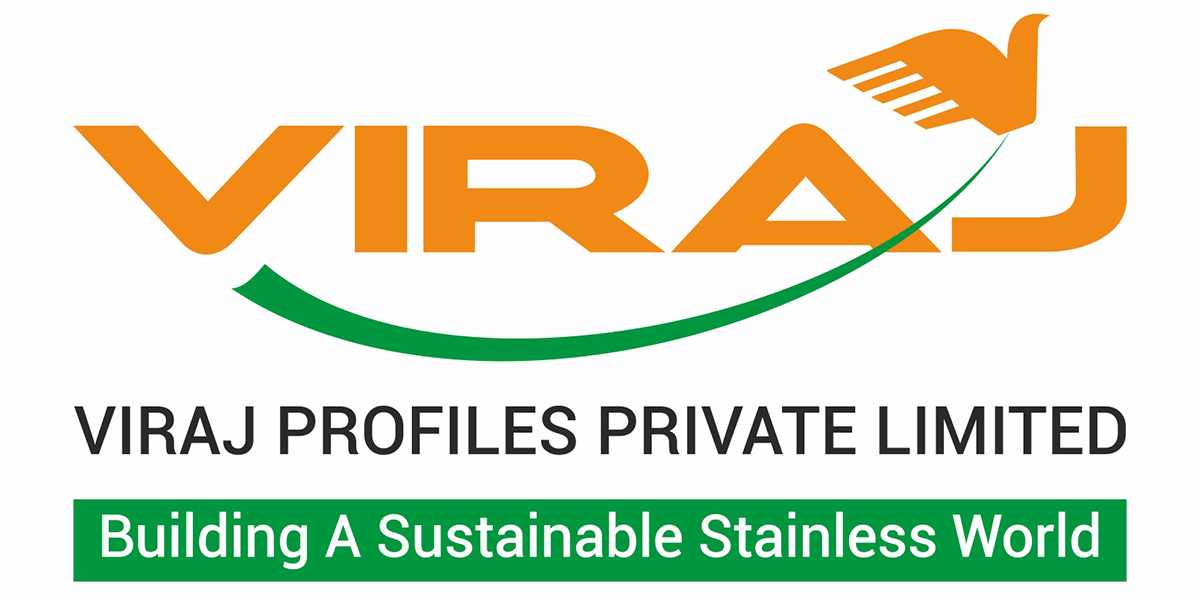
Stainless Technology Essential
Guaranteeing water supply in Australia is thirsty work. Western Australia’s new Southern Seawater Desalination Plant, currently under construction north of Bunbury, will help quench Perth residents and businesses with up to 100 billion litres of water a year. In such a highly-corrosive salt water environment stainless steel is a natural fit.
Sea water is pumped from the ocean and its high salinity is extremely corrosive. The desalination plant uses reverse osmosis to purify the sea water, essentially pushing it through a fine membrane at high pressure.
The first pass (first membrane) is the most corrosive environment which is why super duplex stainless steel is essential. Following passes, which have much lower levels of salt and are almost fresh water, require duplex and grade 316 stainless steels.
A collaborative effort of WA stainless steel expertise ensured the best knowledge was applied to the 200-plus tonnes of piping in the plant.
Alltype Engineering was contracted to supply the complete reverse osmosis racks (see image above) with super duplex, duplex and 316 stainless steels required for all the connecting pipe spooling. Project Manager Keith Thomas-Wurth said the the energy recovery devices and the pipe spooling connecting the reverse osmosis racks with the pressure pumps were subcontracted to ASSDA Accredited Fabricator Weldtronics Australia.
International Corrosion Services’ pickling and passivation treatments were central to ensuring the performance of the stainless steel entering the plant. They use Avesta Finishing Chemicals supplied by Bohler Welding Australia (a division of Bohler Uddeholm Australia).
ICS Business Development Manager Stuart Norton said the opportunity to apply the pickling and passivation processes to 200 tonnes of piping came at the right time.
“We’ve just developed the largest nitric and hydrofluoric acid tanks in the southern hemisphere, and they’ve been used to treat the stainless steel to ASTM380-06,” he said.
The near 20m3 tank is a realisation that the industry will move towards longer pieces, particularly in piping, saving on fabrication time and reducing the number of joins – ultimately providing less opportunity for corrosion.
Southern Seawater Joint Venture Mechanical Engineer Juan Jose Perez said that the stainless steel piping in particular is one of the most important elements of the desalination plant’s construction.
“The membrane is the core of the plant and, in turn, the core of the filtration process. The salt water is passing through the stainless steel pipes to get to the membrane and any corrosion, any tiny particle, can damage the membrane which is extremely expensive,” Mr Perez said.
“Suppliers of the membranes run regular checks to detect for corrosion and, if they detect it, it could potentially affect functionality, even warranty of the membrane. So we rely on the stainless steel, particularly inside the pipes, to be of the highest quality. This is why the pickling and passivation process is so important.”
Mr Norton said that ICS heard the industry screaming out for larger tanks for pickling and passivation jobs such as the one undertaken for Southern Seawater and undertook the two-year journey to get the required authorisation.
“Obviously there are some key environmental and waste treatment factors involved in this. Our waste-water process was made easier by constructing an in-house acid neutralisation tank plus a filter press to push heavy metals out of the acid before sending it off to be further treated,” he said.
The trend towards desalination as a water supply method is clear: when Southern Seawater comes online in late 2011 desalinated water will account for 30 per cent (up from 16 per cent) of WA’s total water supply.
This trend means that further use of large-scale pickling and passivation is likely as stainless steel continues to prove to be an essential and trustworthy component of the desalination plant’s construction.

This article featured in Australian Stainless magazine - Issue 47, Spring 2010.














